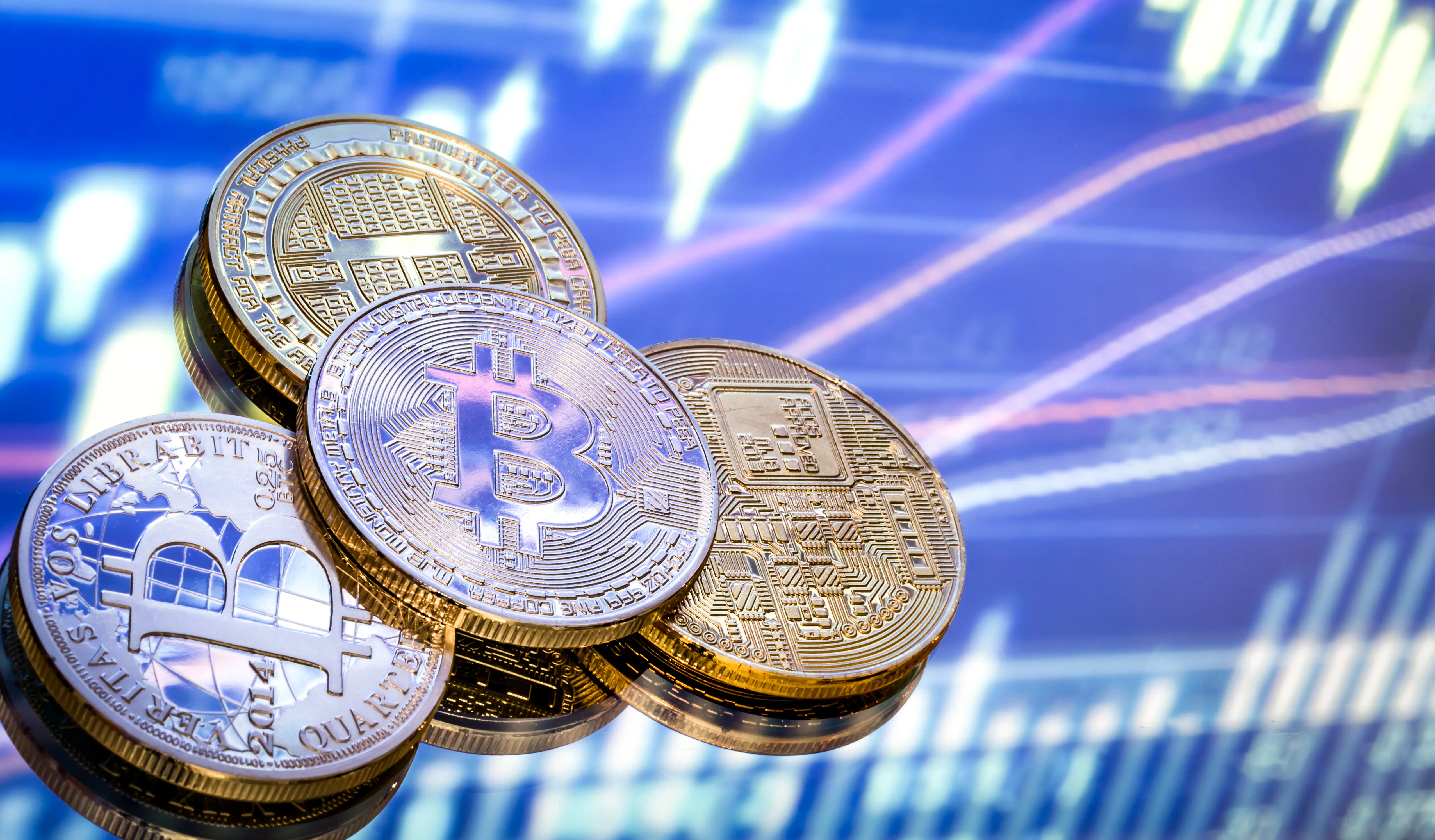Likely to be another high conviction rate cut
We expect the Reserve Bank of Australia (RBA) to cut the cash rate by 25bp to 3.6% at the upcoming policy meeting next week. Recent data flows on growth and inflation have been softer than expected.
The previous rate adjustment by the RBA was not only a reduction but a decisive one, with discussions centred around whether the cut should be 25bp or 50bp. In alignment with other central banks in the region, the RBA adopted a dovish stance on the growth trajectory due to tariff uncertainties and also revised its inflation forecasts downward.
Weaker growth and softer inflation reinforce our view
What adds conviction to our call next week is a much softer-than-expected CPI inflation reading for May. Headline CPI decreased from 2.4% in April 2025 to 2.1% in May 2025, nearing the lower end of the central bank's target range of 2-3%. High trimmed mean inflation reflecting high services inflation, which has been a more persistent issue, also declined to 2.4% year-over-year, indicating substantial progress in controlling inflation from a peak of 4.4% year-over-year one year ago.
First-quarter GDP growth was weak too, with quarter-on-quarter growth at just 0.2%, falling below expectations. Softer private consumption growth was partly seasonal and due to extreme weather events, but public spending has had the largest negative impact on growth since the September quarter of 2017, and net trade also dragged GDP growth lower.
However, employment data was strong, with wage growth rising to a solid 3.4% year-over-year in the first quarter. In May 2025, despite a small drop in overall job growth, full-time employment rose by about 39,000, which partly offset losses in part-time employment. Reduced underemployment and strong demand for hours worked also point to a healthy labour market.
Adding one more rate cut to the 2025 profile
Overall, the global backdrop on tariffs remains uncertain, and both headline and trimmed inflation have been firmly on a downtrend, remaining close to the midpoint of the 2-3% range over the next few quarters.
The labour data could start to turn as well. In the previous monetary policy statement, members observed that the rate of voluntary job turnover had declined and that, anecdotally, the focus of wage bargaining and employment disputes had tilted in favour of workers seeking greater job security. This might see wage growth slow more noticeably than currently forecast.
Given that the downside risks to both growth and inflation are more dominant at this stage, we are adding a 25bp rate cut to our 2025 profile, taking rates to a terminal level of 3.1% by the end of 2025.
AUD/USD may be close to a peak
Risks for AUD around the 9 July US tariff deadline are no greater than for other high-beta currencies, and certainly not more significant than for USD.
AUD has experienced the largest drop in short-term swap rates across G10 since the start of the year: 65bp in the two-year tenor. Although a host of external drivers has sometimes obscured the FX impact, the sensitivity of AUD to rate differentials has increased, as reflected in our G10 short-term valuation model. While this is primarily a function of Fed repricing, a quieter backdrop on tariffs – barring any major escalation in July – means central bank policy is regaining its place as the main driver of relative value in risk-exposed currencies

Markets are currently pricing in 17bp of easing for this month’s RBA meeting and 78bp by year-end. We believe a cut next week could trigger a broader dovish repricing along the AUD OIS curve, with a more visible impact on AUD. On this basis, we expect AUD to lag behind NZD and potentially other high-beta currencies where there is less room for front-end rates to fall, such as SEK.
AUD/USD came close to touching our near-term target of 0.660, with the move still almost entirely driven by US developments. With US inflation, in our view, set to rebound in the coming months and drive a hawkish repricing in USD rates, we expect a recovery in USD. Coupled with a more dovish RBA – though this remains a secondary driver – we expect AUD/USD to move back to 0.650 this summer.



























































































